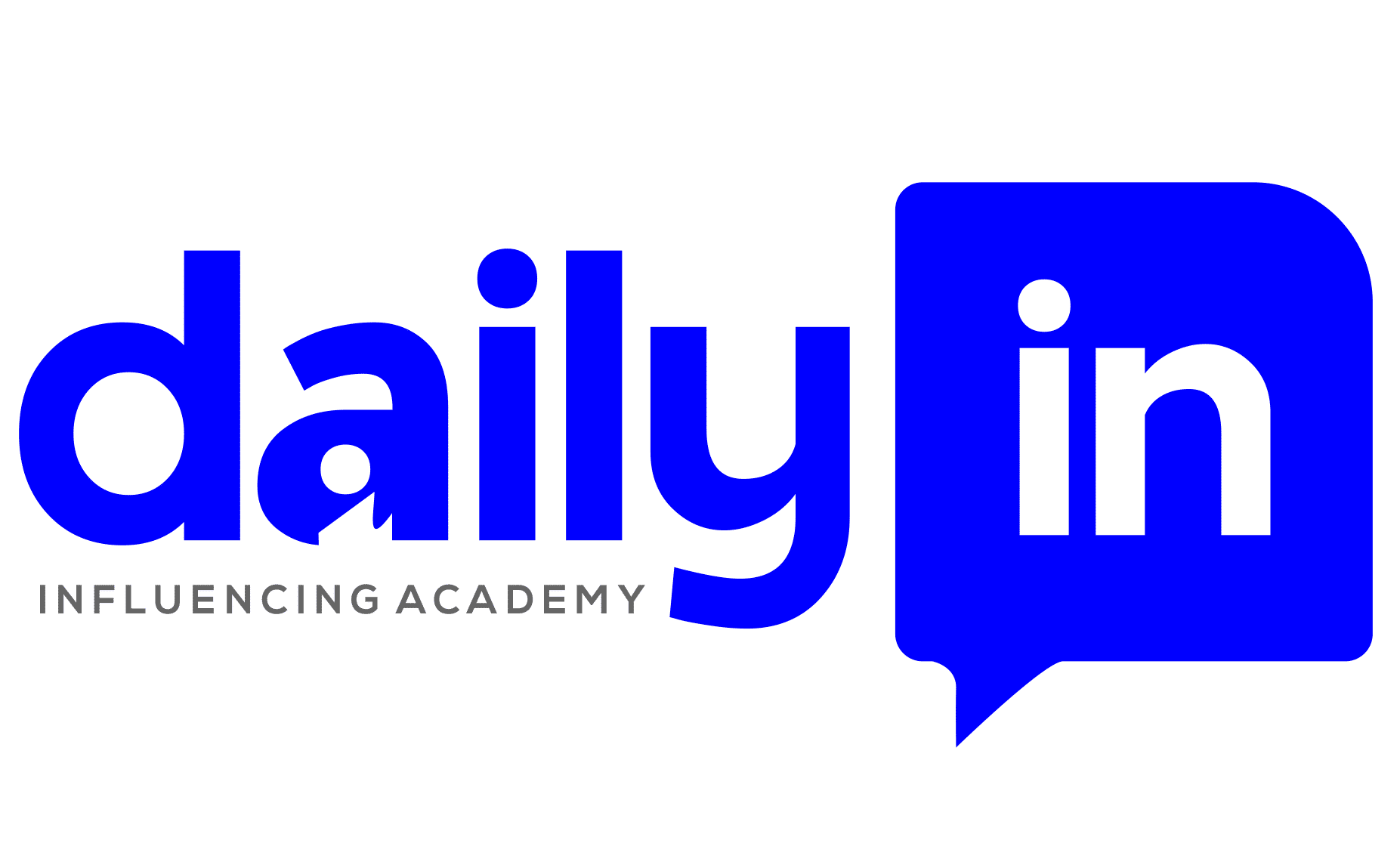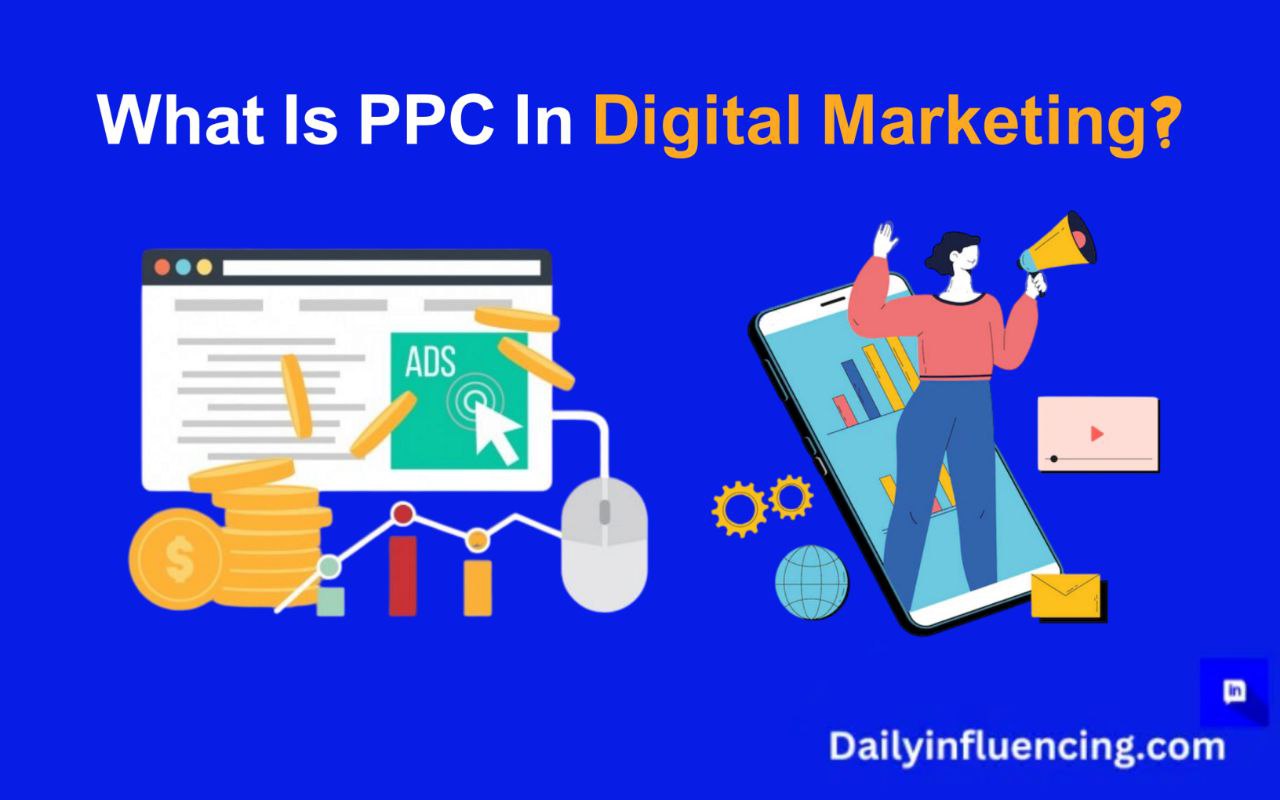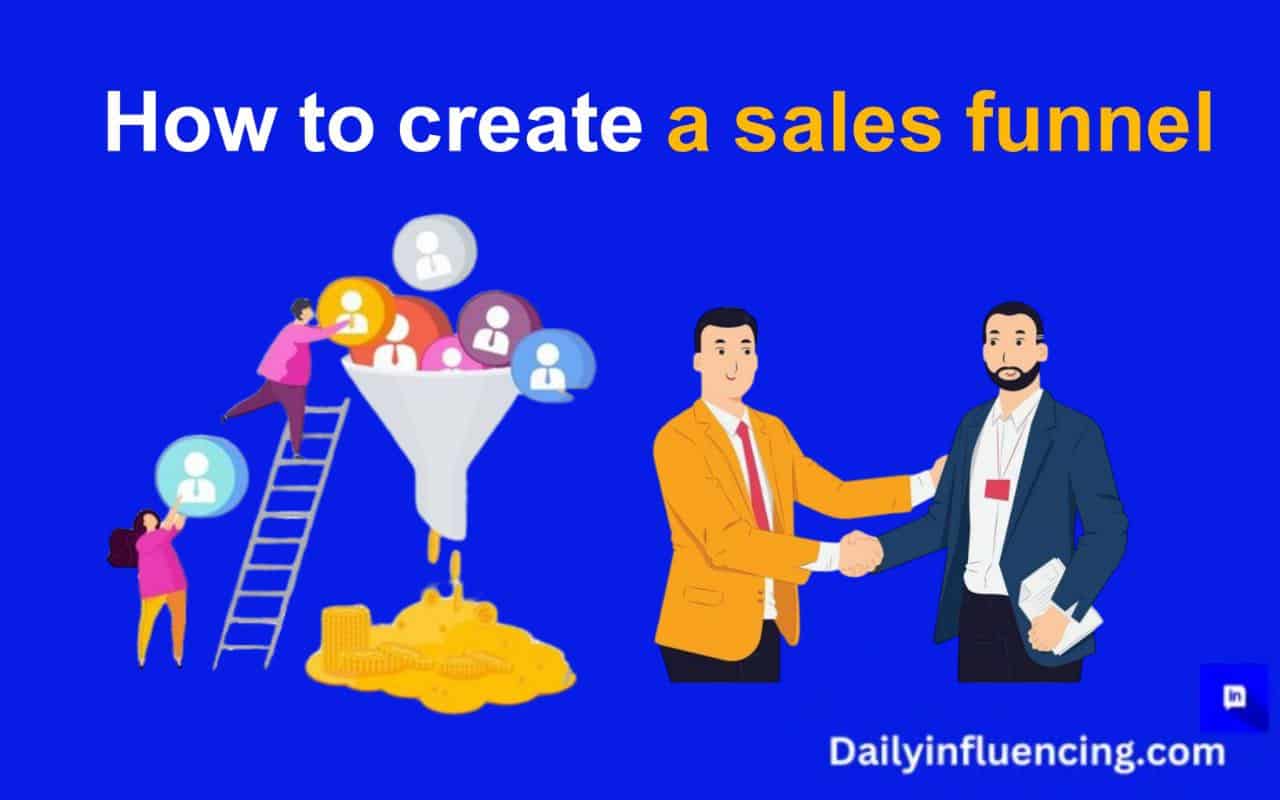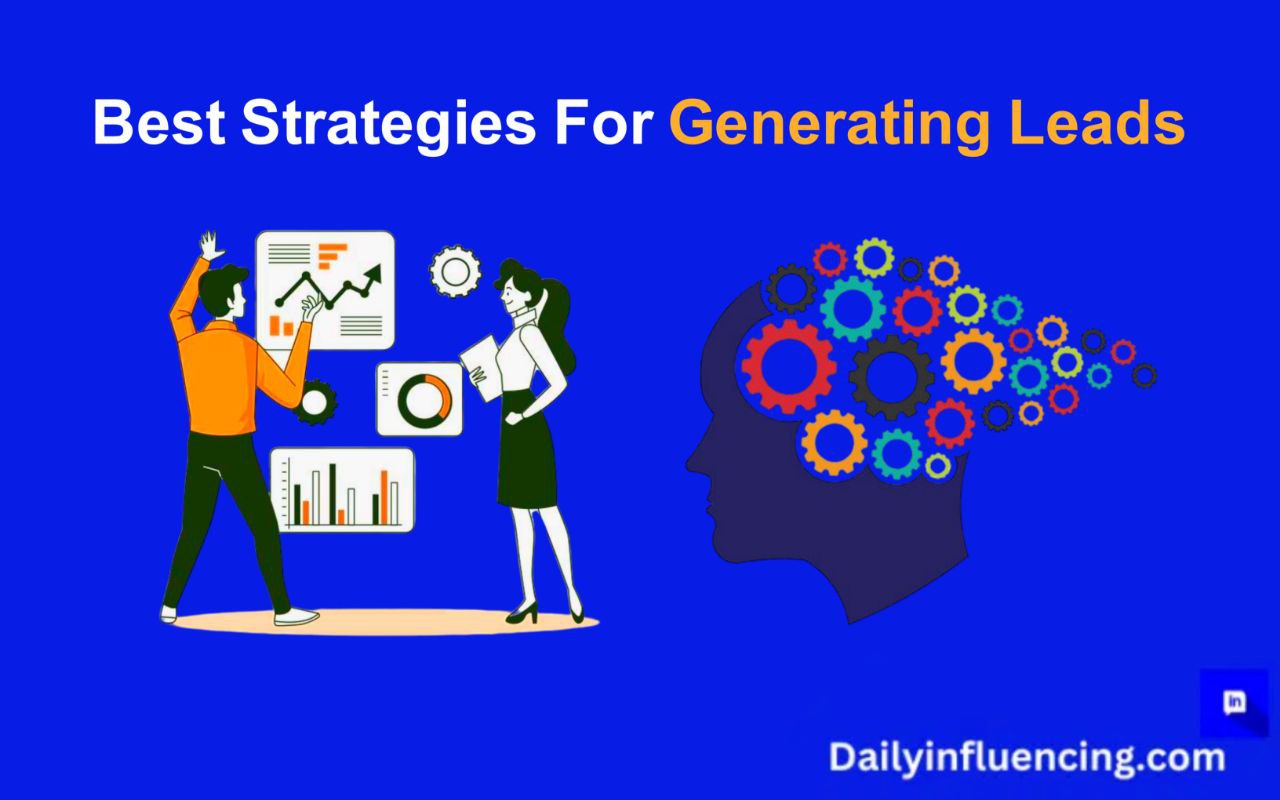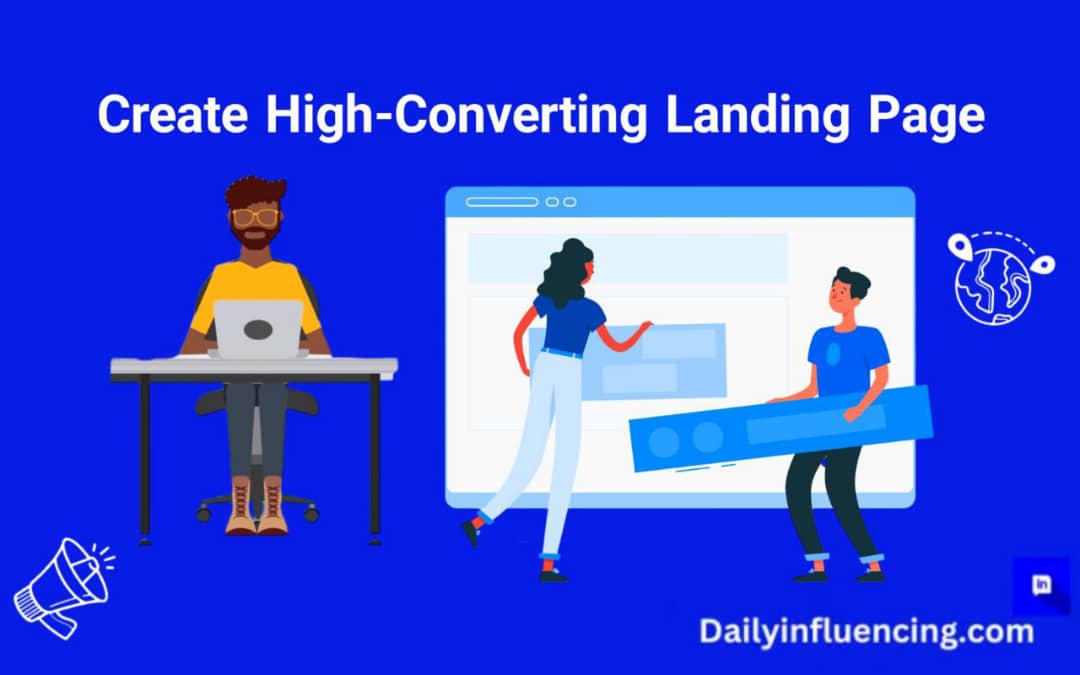
When running paid ads, the success of your campaign often depends on the effectiveness of your landing page. A landing page acts as a bridge between your ad and the action you want visitors to take, such as signing up for a newsletter, purchasing a product, or downloading a free guide. If your landing page is poorly designed or lacks focus, you could lose valuable traffic, wasting both time and money.
But how do you create a high-converting landing page? What are the essential elements that turn visitors into customers?
In this comprehensive guide, we’ll explain everything you need to know about crafting a landing page that pairs perfectly with your paid ads to deliver maximum results. Even if you’re completely new to online advertising, this article will help you create landing pages that convert.
What Is a Landing Page?
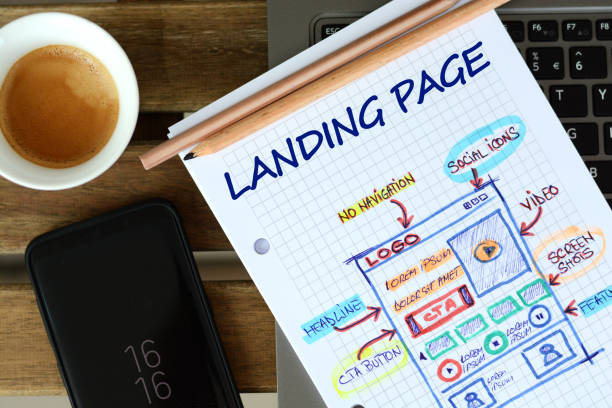
A landing page is a single web page designed specifically for marketing campaigns. Its purpose is to focus on one action, known as a conversion goal. This goal can vary depending on your business and campaign objectives. For example, your goal might be to collect email addresses for a mailing list, drive sales for a specific product, encourage users to register for a webinar, and offer a free trial of your service.
Unlike a traditional homepage, which may contain multiple links and serve various purposes, a landing page has one specific focus. This singularity of purpose makes it easier to guide visitors toward taking the action you want.
For instance, if you’re running paid ads to promote a free online course, your landing page should be entirely focused on convincing visitors to sign up for the course. There should be no distractions, unnecessary links, or conflicting messages.
Why a High-Converting Landing Page Is Important For Paid Ads

Investing in paid ads is a big step for any business. Whether you’re using Google Ads, Facebook Ads, or another platform, you’re paying for every click. If your landing page doesn’t convert, that money is essentially wasted. Here are several reasons why a high-converting landing page is essential for paid ads:
Maximizes Return On Investment (ROI)
Paid ads can be expensive, but a well-designed landing page ensures you’re getting value for your money. For example, if you’re paying $2 per click, but your landing page converts at 50%, you’ll gain more leads or sales than if it converts at 10%.
Improves User Experience
Visitors want to find what they’re looking for quickly and easily. A clear, focused landing page delivers the information they need, helping them decide without hesitation. This smooth experience builds trust and encourages action.
Enhances Ad Quality Score
Platforms like Google Ads use a quality score to determine how well your ad aligns with your landing page. A high-quality landing page that matches your ad copy can lead to lower costs per click and better placement for your ads.
Builds Trust And Credibility
A professional landing page reassures visitors that they’ve come to the right place. It shows that you’re serious about delivering value, which can make them more likely to engage with your offer.
Essential Elements Of a High-Converting Landing Page
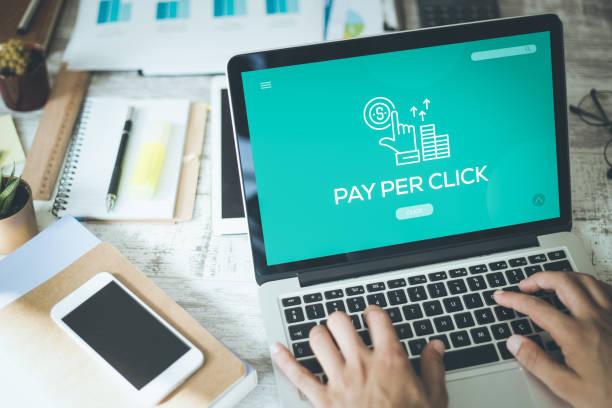
Creating a landing page that converts isn’t just about making it look good—it’s about building a page that speaks directly to your audience’s needs and encourages them to take action. Let’s break down the essential elements of a high-converting landing page in detail:
1. A Captivating Headline
The headline is the first thing visitors see when they land on your page. It sets the tone and determines whether they stay or leave within seconds. A good headline grabs attention, highlights the main benefit, and encourages further exploration.
Why It Matters
A weak headline can cause visitors to lose interest instantly. For example, “Learn About Our Products” doesn’t convey value. However, “Transform Your Marketing with Our Proven Strategies” immediately speaks to a visitor’s needs.
Tips For Writing a Strong Headline:
Keep it clear and concise (7–12 words is ideal).
Highlight a key benefit or solve a problem.
Use action-oriented language (e.g., “Achieve,” “Boost,” “Discover”).
2. Clear And Compelling Call-To-Action (CTA)
Your Call-to-Action (CTA) is arguably the most critical part of your landing page. It’s the instruction that tells visitors what to do next, such as “Download Now,” “Sign Up Today,” or “Get Started.”
Why It Matters
Without a clear CTA, visitors might leave without taking action, even if they’re interested in your offer. A strong CTA guides them toward your conversion goal.
Tips For An Effective CTA:
Place it prominently on your page.
Use contrasting colors to make it stand out.
Keep it action-oriented (e.g., “Join for Free” instead of “Learn More”).
Repeat the CTA throughout the page to reinforce the desired action.
3. Engaging Visuals
Visual elements like images, videos, and graphics can enhance your landing page by capturing attention and conveying information quickly. A picture is worth a thousand words, but only if it’s relevant and high quality.
Why It Matters
Visuals create an emotional connection and make your page more engaging. For instance, a professional image of your product can help visitors imagine using it, while a testimonial video builds trust.
Tips For Using Visuals:
Use high-resolution images or videos that align with your brand.
Ensure visuals support your message instead of distracting from it.
Optimize images to reduce loading times, especially on mobile devices.
4. Value-Driven Content
Your landing page should clearly communicate why your offer is valuable. Instead of focusing solely on features, emphasize the benefits. For example, if you’re promoting a fitness app, don’t just list features like “tracking calories”; explain how it helps users reach their fitness goals faster.
Why It Matters
Visitors need to understand what’s in it for them. Value-driven content answers their “What’s in it for me?” question.
Tips For Creating Value-Driven Content:
Use bullet points for easy readability.
Highlight benefits that address your audience’s pain points.
Be specific; instead of saying “Improve productivity,” say “Save 2 hours per day with our time-management tool.”
5. Mobile Optimization
With the majority of internet users browsing on mobile devices, having a mobile-friendly landing page isn’t optional—it’s essential. If your page isn’t responsive, visitors will likely leave before even seeing your offer.
Why It Matters
A mobile-optimized landing page ensures a seamless experience for all users, regardless of the device they’re using. Google also prioritizes mobile-friendly sites in its rankings.
Tips For Mobile Optimization:
Use responsive design that adapts to different screen sizes.
Keep text readable without zooming in.
Ensure buttons and CTAs are large enough to tap easily.
6. Trust Signals
Trust is a critical factor in convincing visitors to take action. Adding elements like testimonials, reviews, trust badges, or awards can reassure them that your offer is legitimate and worth considering.
Why It Matters
People are more likely to engage with businesses they trust. Trust signals eliminate doubts and build confidence.
Tips For Building Trust:
Include customer reviews or testimonials that highlight real results.
Add security badges if you’re collecting personal information (e.g., “SSL Secure Site”).
Display logos of well-known brands you’ve worked with or publications you’ve been featured in.
7. Minimal Distractions
A landing page should focus on one goal and one goal only. Avoid cluttering it with unnecessary navigation menus, links, or pop-ups that can pull visitors away from your CTA.
Why It Matters
The more options you give visitors, the more likely they are to become confused and leave. Keeping your page simple increases the likelihood of conversions.
Tips For Reducing Distractions:
Remove site navigation from the top of the page.
Limit the use of external links.
Keep the layout clean and organized, with plenty of white space.
How To Build a High-Converting Landing Page For Paid Ads
Step 1: Define Your Goal
Start by determining the purpose of your landing page. Do you want users to download a guide, purchase a product, or sign up for a free trial? A clear goal will guide every decision you make, from design to copywriting.
Step 2: Understand Your Audience
Research your target audience to learn about their pain points, desires, and preferences. This helps you craft a message that resonates with their needs.
Step 3: Match Your Ad Copy To Your Landing Page
Consistency is key. If your ad promotes a 20% discount, the landing page should immediately highlight that discount. This alignment reassures visitors that they’re in the right place.
Step 4: Test And Optimize
Use A/B testing to compare different headlines, CTAs, and layouts. Monitor the performance of each variation and refine your landing page based on the results.
Conclusion
A high-converting landing page can transform your paid ad campaigns by turning clicks into tangible results. By focusing on elements like a compelling headline, a strong CTA, engaging visuals, and mobile optimization, you can create a landing page that drives conversions and maximizes your advertising ROI.
Don’t forget that, building a great landing page is an ongoing process. Test, analyze, and tweak your design to find what resonates best with your audience. When done right, a landing page can become the secret weapon that takes your marketing efforts to the next level.
Frequently Asked Questions On Paid Ads
How do I make my landing page high-converting?
A high-converting landing page is optimized for conversions. Some core elements include a compelling call to action, a signup form, an attention-grabbing headline, and subheadings. It also contains easy-to-read content formatted for readability, images, and perhaps a video.
Can I monetize a landing page?
Businesses will gladly pay you to generate leads for them. That’s one way you can make money with landing pages. This is called a lead generation business. Leads are valuable to businesses and it’s not always simple to generate leads.
How do I make my landing page load faster?
Optimize your images.
Minimize HTTP requests.
Minify CSS, HTML, and JavaScript files.
Use a content delivery network.
Optimize your site for mobile.
Enable browser caching.
Reduce redirects.
Use external hosting platforms.
